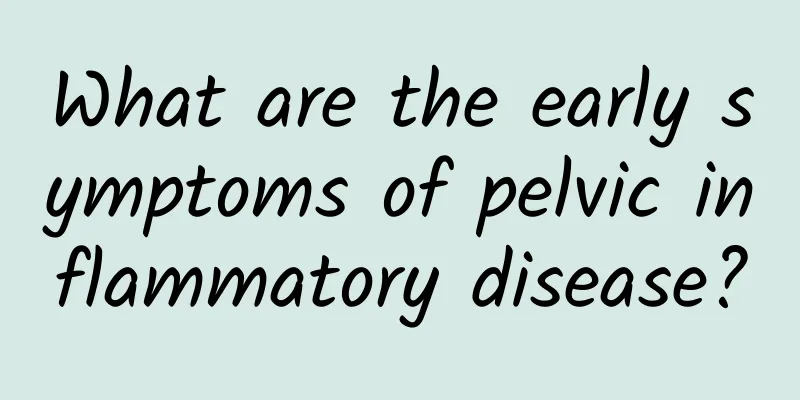What tests are needed to confirm chocolate cysts?

|
Chocolate cysts are a very common gynecological tumor. In recent years, the incidence rate has been increasing, causing great trouble to female friends. Timely detection, examination, and effective treatment of chocolate cysts play a vital role, otherwise it is easy to threaten women's health, and their normal life and work will be greatly affected. So, how to detect chocolate cysts? The specific method of checking chocolate cyst is: 1. Ultrasound examination: The location, shape and size of the mass can be detected, whether it is cystic or solid, from the pelvic or abdominal cavity, uterus or adnexa, to distinguish ovarian tumors, ascites, and tuberculous peritonitis. All masses with a diameter greater than 2 cm can be detected, and the clinical diagnosis compliance rate is greater than 90%. 2. Laparoscopy: It can directly see the size and nature of pelvic tumors, and is used for the diagnosis and follow-up of ovarian cancer patients. It is one of the routine examination methods for early detection of cancer recurrence. However, due to the complexity of the examination method and many contraindications, it is not widely used at present. 3. Radiological examination: Abdominal plain film examination is a commonly used examination method. For dermoid cysts, it can show the teeth and bone veins. Pyelosalpingography can understand whether the fallopian tube is displaced, compressed and infarcted, and distinguish between wandering kidney and retroperitoneal tumor. Barium enema can help with giant ovarian tumors, tuberculous peritonitis and ascites, and understand the entire gastrointestinal tract. Pelvic lymph node angiography can observe whether ovarian malignant tumors have lymph node metastasis. CT scan can supplement the lesions that B-ultrasound cannot indicate. 4. Cytological examination: Gynecological experts pointed out that the ovaries are located in the pelvic cavity, and the exfoliated cells accumulate in the rectouterine pouch. Finding cancer cells by aspirating ascites through posterior fornix puncture for cytology examination can help confirm the diagnosis, especially for stage I patients, and is of certain significance for further determining the staging and treatment. How are chocolate cysts diagnosed? Through the introduction of this article, we can see that there are many ways to check for chocolate cysts, which provides strong evidence for the treatment of chocolate cysts. If friends find suspected symptoms, they should go to the hospital for diagnosis and treatment immediately to avoid the disease from becoming serious and increasing the difficulty of treatment. Early detection and early treatment are the key to treating this type of disease to avoid affecting fertility. |
<<: How to diagnose chocolate cysts
>>: Chinese medicine to relieve chocolate cysts
Recommend
What should I do if I have multiple uterine fibroids? Treatment methods for multiple uterine fibroids
Uterine fibroids are one of the common genital di...
What are the symptoms of postmenopausal women?
Modern women are under great pressure in life. Th...
Lifting a water bottle can also reduce the appearance of side breasts and increase your breast size!
I naively thought that my breasts were big, but w...
Polycystic ovary syndrome is a serious condition
Polycystic ovary syndrome (PCOS) is an important ...
How long can you live with Nabothian cyst?
How long can you live with Nabothian cyst? Naboth...
How can women of childbearing age reduce abortion?
Women can conceive for more than 20 years in thei...
How to treat bilateral adnexitis
How is bilateral adnexitis treated? Bilateral adn...
What should I pay attention to when my endometrium is thick?
What are the precautions for thick endometrium? T...
What are the treatments for congenital absence of vagina?
What is congenital absence of vagina? Most patien...
Early symptoms of ectopic pregnancy Know these symptoms to detect ectopic pregnancy in time
Ectopic pregnancy is a very common condition amon...
When is uterine fibroid surgery performed? How long does uterine fibroid surgery usually take?
When is uterine fibroid surgery performed? How lo...
What are the causes of cervicitis?
According to surveys, the incidence of cervicitis...
What is the best treatment for cervical warts?
Cervical warts are a skin disease caused by a vir...
Vulvar leukoplakia should be differentiated from lichenoid diseases
Many tinea-like skin diseases have similar sympto...
Dietary care for ovarian maintenance after ovarian cyst surgery
Patients with ovarian cysts may experience sympto...









